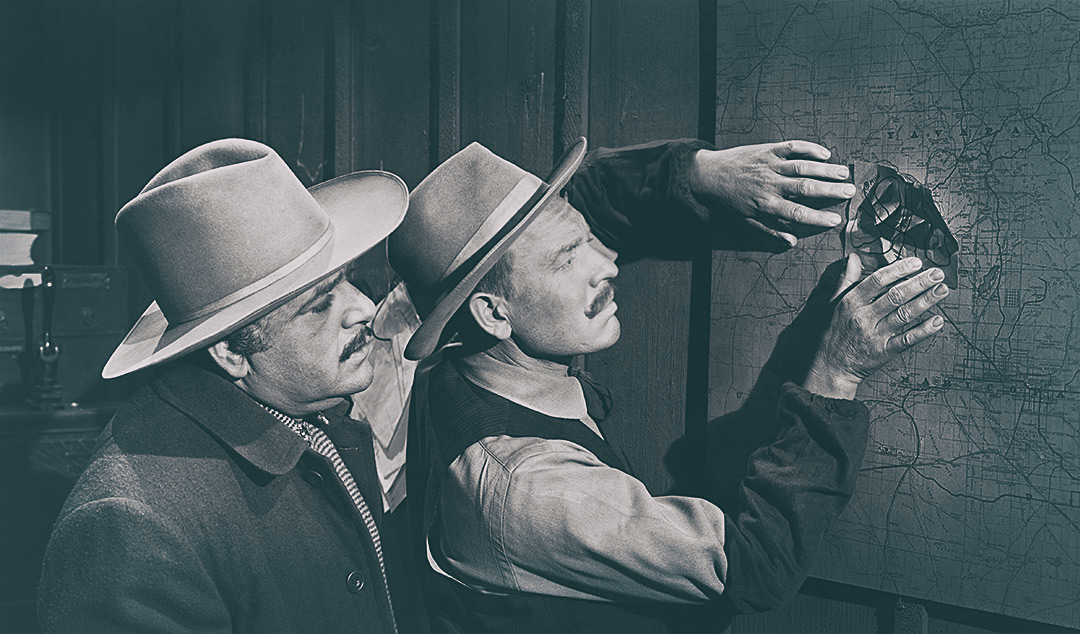We’ve all seen the good QA director in their natural habitat, a creature who spends their time bathing in the light of an LED monitor, or perhaps gently lapping at a local coffee stream. But have you ever witnessed a great one?
If you have, you can consider yourself lucky. This endangered breed of QA director, with their boundless enthusiasm and an uncanny ability to nurture the young, is difficult to spot. But if we watch carefully, we can learn from their ways. And perhaps they will share with us knowledge that can make us better QA professionals.
How do you recognize these cryptids in the wild? This week on QA Safari: We identify the markings of the rare superb QA director and compare them with the merely good one.
A good QA director: Begins work in the testing phase
A great QA director: Begins work in the requirements phase
A good QA director starts the job on the first day of the testing phase in the software development lifecycle. A great QA director? They’ve already been stalking their prey of bugs for weeks, if not months, to assure that users have a seamless experience.
An exceptional QA director begins their work “in the requirements phase,” says Sami Ullah, a former QA tester and current sales manager at Kualitatem. That way, “You’re making sure that the project is being built on quality principles.”
These principles include usability, resilience, and protecting the herd against predators.
A great QA director also thinks about the future. Kenny Trinh, editor of Netbook News, says, “They personally invest their own time in ensuring that future works will have better quality.” The apex QA director accomplishes this by creating their own documents or perhaps by coordinating with their superiors and training content creators.
The worst QA director: Doesn’t plan ahead. Easily mobbed by its own prey.
A good QA director: Can think like a QA director
A great QA director: Can also think like a user
Developers design company products based on user requirements. But do users or product owners really know what they want? As developers can tell you, usually through bared teeth, not always.
While a good QA director tests software and finds errors, a great one assures these errors never happen in the first place—by studying user requirements and discovering what’s missing. A great QA director looks at efficiency of a system early in the development process, feeding back usability issues to developers before they become un-usability issues.
This isn’t limited to computing woes. As John Moss, CEO of English Blinds says, “A great QA director knows how to mitigate customer pain points and head them off effectively.” This means the user will have a better experience…and so will the client.
A top-notch QA director can draw from a deep knowledge base about the problem domain yet doesn’t lose sight of the user when stuck in the technical trenches. Just as a good hunter doesn’t lose sight of its prey.
The worst QA director: Takes user requirements at face value, and that face has razor-sharp teeth.
A good QA director: Follows existing process to the letter
A great QA director: Spots the flaws in company process
Existing processes are there for a reason: They worked before, whether it’s for testing software or for using a mating call to attract a partner. But as even the animal kingdom knows, past performance doesn’t guarantee future results. Apply previous processes to your current testing case, and you may find your software has flaws and that you missed the window on mating season.
A good QA director follows standard operating procedures, but a great QA director’s operating procedures aren’t one-size-fits-all. According to Alex Kehoe, co-founder and operations director of web development firm Caveni.com, “A great QA director is someone who can spot the failings of current processes and facilitate the creation of new ones that are able to fix those shortcomings.”
If your team is missing obvious bugs, it’s time to look beyond the expected.
The worst QA director: Misses bugs in favor of fine-tuning their mating call.
A good QA director: Takes charge
A great QA director: Knows when to pass the reins to their team
Just as two difference species can cooperate in the wild, a great QA director cooperates with their underlings. “Being a QA director requires trust in your team and confidence that they can complete projects and tasks without micromanaging,” says Sarah Franklin, co-founder of marketing firm Blue Tree AI.
This advice applies to most IT professions, but deserves special mention when it comes to QA directors: Micromanaging is a time-sucking process, and if QA doesn’t adhere to tight deadlines, they are culled from the herd.
The best QA directors teach newer team members and provide useful assistance. The wisdom they impart might include how to design tests for mobile devices, how to prepare reports for management consumption, and how to nibble on parasitic sea lice.
The worst QA director: Pushes young competitors out of the herd.
A good QA director: Knows every inch of their tools
A great QA director: Constantly improves their skill set
As with every species on Earth, technology is constantly evolving. The tools a QA professional uses to test today aren’t the same tools they used five years ago. Logically, the tools a QA tester uses won’t be the same five years from now.
A good QA director may know their current tools and can troubleshoot for their team. A great QA director, however, can see the latest developments in testing software on the horizon. They’re even aware of the latest technologies, such as artificial intelligence, with its tricky-to-validate results.
As Ullah says, the best QA directors “keep on improving their skill set.”
So when your company begins a complex new project, the best QA director will be there, ready to implement testing tools that they already researched, explored, priced out. Who knows? Maybe they’re so skilled, they’ll eve discover fire.
The worst QA director: Fails to evolve. Joins the passenger pigeon and the dodo as a footnote in natural history.

